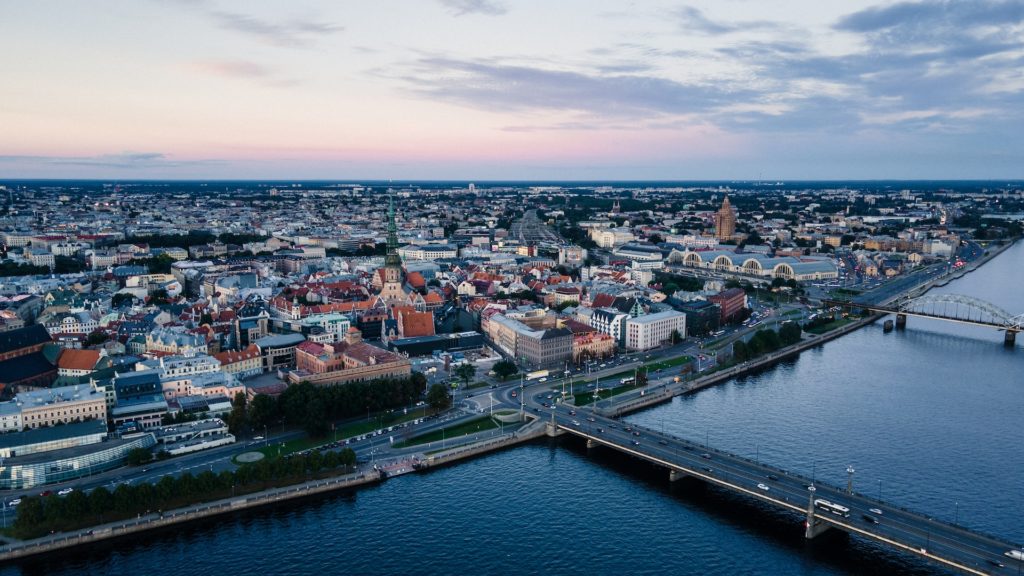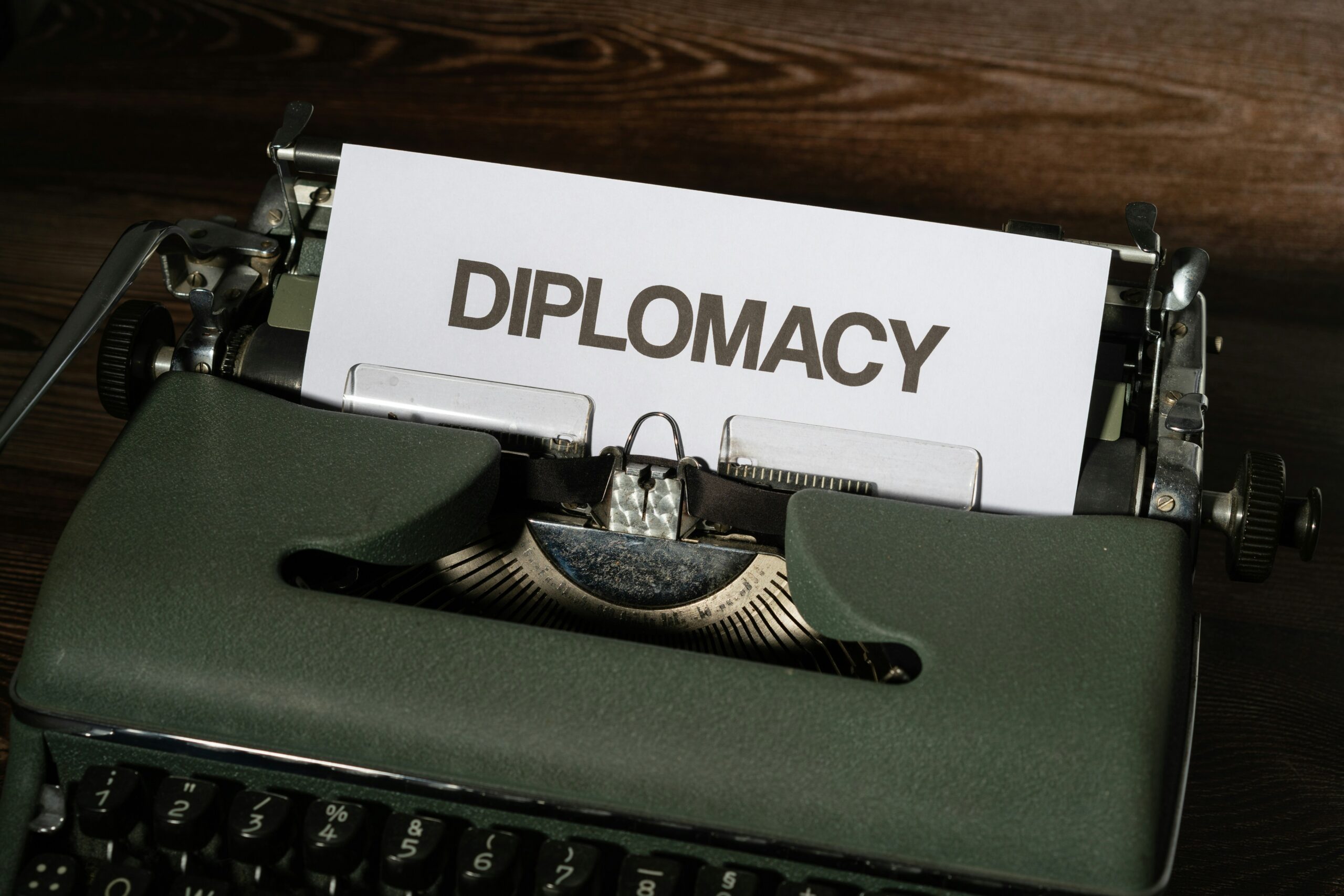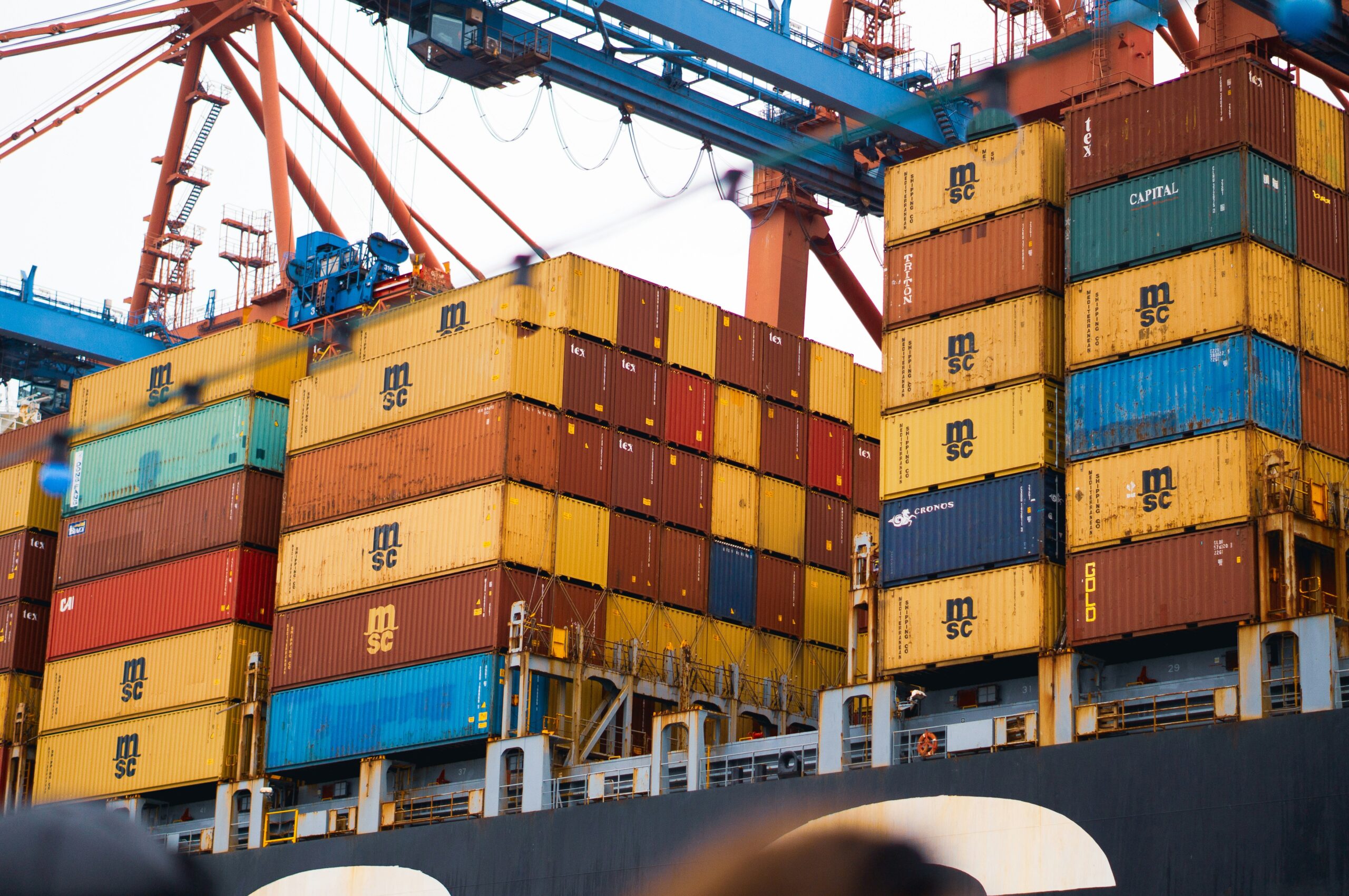As a result of its strategic location, Latvia has a well-developed transport infrastructure that connects it to the US, EU, Russia, and Asia.
Latvia belongs to the EU, NATO, Eurozone, and OECD (OECD).

Latvia- Ukraine
Latvia’s ties with Ukraine are based on bilateral cooperation principles and Latvia’s membership in the EU and NATO. In the European Neighbourhood Policy and the Eastern Partnership, Ukraine is one of Latvia’s top priorities. Both countries have a well-developed legal framework that covers all areas of cooperation and is engaged in a positive political debate.
Latvian-Ukrainian economic cooperation has a lot of growth potential. All conditions are currently in place for the expansion of economic cooperation, particularly given Ukraine’s WTO membership and progress toward EU integration, which supports equitable market conditions and economic standards.
After 4 May 2004, bilateral economic and trade relations between Latvia and Ukraine were governed by agreements concluded between the European Union and Ukraine.
Since 2007, monthly meetings of the Latvia–Ukraine Intergovernmental Commission on Economic, Industrial, Scientific, and Technical Cooperation have been conducted.
Russia – Latvia
Relations between the two countries existed from 1920 to 1940. The Republic of Latvia and the Russian Soviet Federal Socialist Republic signed a peace treaty on August 11, 1920. Following ratification of the peace accord, Article 14 of the Treaty called for the establishment of diplomatic and consular connections between the parties. The USSR was created in 1922, and it took over the international affairs of its member republics (including Russia).
While representatives from Latvia and Russia have signed several agreements, they have not all been passed by their respective legislatures and hence are not in force.
Greece – Latvia
The bilateral relations between Greece and Latvia are known as Greek-Latvian relations. Both countries are full members of the European Union, NATO, and the Organization for Security and Cooperation in Europe. In 1998, the Latvian embassy in Athens was created. In Piraeus and Thessaloniki, Latvia has two honorary consulates. In January 2005, the Greek embassy in Riga opened its doors.
Numerous bilateral agreements exist:
- International Road Transport of Passengers and Goods, 1998
- Investment protection and mutual promotion, 1998
- Mutual Abolition of Visa Requirements Agreement of 1999
- Cooperation in economics and technology in the year 2000
- Cooperation in Culture, Education, and Science in 2001
Chemicals (19.2 percent of total exports), processed foods (18.7%), metals (18.7%), clothes (13.5%), and fresh fruit and vegetables (13.5%) were among Greece’s 2006 exports to Latvia (8.2 percent ). In 2006, Greece imported timber (42 percent of total imports), minerals (17.3%), and clothes from Latvia (13.8 percent ). With Latvia, Greece has a trade surplus.
Iceland- Latvia
Foreign ties between Iceland and Latvia are known as Iceland–Latvia relations. In August 1991, Iceland was the first country to acknowledge Latvia’s independence. [1] On August 22, 1991, both countries re-established diplomatic ties. Neither country has an ambassador in residence. Iceland’s embassy in Helsinki represents the country in Latvia (Finland). Latvia has an embassy in Oslo, Norway, as well as an honorary consulate in Reykjavik, Iceland.
Both countries are full members of the Baltic Sea States Council, NATO, and the European Council.



